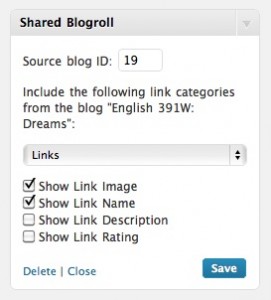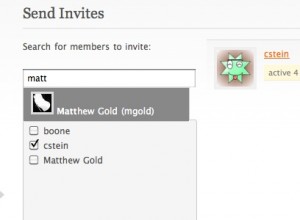Today Ning announced that it would be ending its free social networking service. I tweeted something to the effect that this event is a wake-up call: When you use closed-source, third-party hosted solutions for something as valuable as community connections, you are leaving yourself open to the whims and sways of corporate boards. It’s not that Ning is evil or anything – it goes without saying that they need to make a profit – but their priorities are importantly different from those of their users. In the same way that Ning moves from a freemium model to a paid model, Facebook could start selling your crap, Twitter could crash, Tumblr could go out of business, etc.
All this is a good argument to be using software solutions that are more under your control. Like – drumroll – WordPress and BuddyPress.
Enough moralizing. I whipped together a plugin this afternoon called Import From Ning that will allow you to get a CSV export of your Ning community’s member list (the only content that Ning has a handy export feature for, alas) and use it to import members into a WordPress installation.
As of right now, it does not have any BuddyPress-specific functionality. But the data that it does import – display name, username, email address – are enough to populate at least the beginnings of a BuddyPress profile. The next thing to add is the auto-import of certain profile fields. I might try to do this tomorrow. The plugin is based on DDImportUsers – thanks!
Instructions:
- Download the zip file and unzip into your WP plugins directory
- Look for the Import from Ning menu under Dashboard > Users (unless you’re running a recent trunk version of BuddyPress, in which case it will be under the BuddyPress menu)
- Follow the instructions on that page

